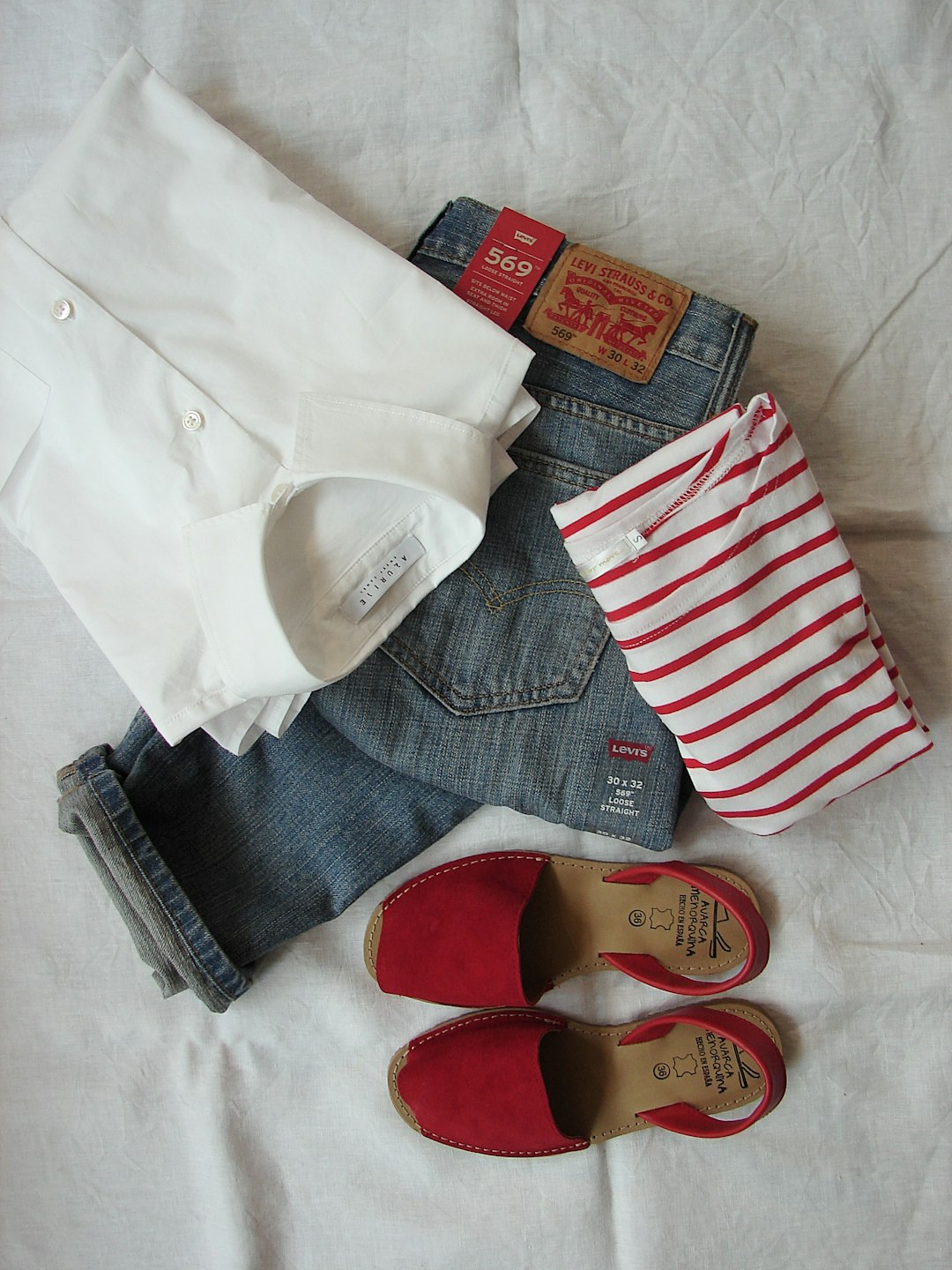Breaking Stereotypes: Gender-Neutral Fashion, Unisex Style
In recent years, the fashion industry has witnessed a groundbreaking shift towards gender-neutral fashion and unisex style. Traditional gender norms have often limited individuals’ expression and creativity when it comes to clothing choices. However, the rising popularity of gender-neutral fashion has challenged these stereotypes, providing a platform for people to embrace their unique, personal style without conforming to societal expectations.
Gender-neutral fashion, also known as unisex fashion, involves designing and creating garments that can be worn by individuals regardless of their gender identity. This movement has paved the way for a more inclusive and diverse fashion landscape, where anyone can freely explore their sense of style without being confined to typical male or female clothing options.
One of the driving forces behind the rise of gender-neutral fashion is the desire to break away from the binary system of categorizing individuals based on their gender. Historically, traditional gender norms have dictated what clothing is acceptable for men and women. However, gender-neutral fashion challenges these norms, allowing individuals to express themselves authentically and comfortably.
With the rise of social media and greater online connectivity, there has been increased visibility and acceptance of individuals who identify outside the gender binary. This visibility has helped break down barriers and encouraged fashion designers, brands, and consumers to explore and embrace gender-neutral fashion.
The importance of gender-neutral clothing ranges beyond just personal expression. It promotes inclusivity and diversity, recognizing that fashion does not have to be limited to a certain group of individuals. By embracing gender-neutral fashion, we are encouraging a society that celebrates individuality, regardless of gender identity.
Many fashion designers have embraced this movement, creating clothing lines that do not adhere to traditional notions of gender. They are developing collections that prioritize comfort, style, and self-expression over societal expectations. Gender-neutral clothing often features loose silhouettes, neutral colors, and less emphasis on accentuating specific body parts.
Moreover, several major clothing brands and retailers have moved towards a gender-neutral approach, including Zara, H&M, and Calvin Klein. They have released collections that break away from traditional gender norms, catering to a wider range of customers who seek gender-neutral options. This mainstream acceptance signifies the growing influence and acceptance of gender-neutral fashion.
Gender-neutral fashion has also played a significant role in challenging harmful stereotypes and promoting body positivity. By expanding clothing options beyond binary gender divisions, individuals are empowered to embrace their unique body shapes and sizes without feeling the need to conform to unrealistic gendered beauty standards.
However, it is crucial to address some of the challenges that come with incorporating gender-neutral fashion into mainstream culture. Some critics argue that advocating for unisex clothing may erode the cultural diversity and artistry associated with traditional gender-specific fashion. However, the aim is not to completely eradicate gender-specific fashion but to provide individuals with a choice outside of these traditional boundaries.
Breaking stereotypes and embracing gender-neutral fashion is an ongoing process that requires continuous dialogue, awareness, and acceptance. It is not about conforming to a particular trend but rather recognizing and celebrating the diverse identities and expressions that exist within society.
In conclusion, gender-neutral fashion and unisex style have proven to be powerful tools for breaking stereotypes and challenging societal norms. By embracing this movement, we can create a more inclusive and diverse fashion landscape that celebrates individuality, self-expression, and comfort. Gender-neutral clothing is not just a passing trend but a step towards a more inclusive and accepting society, where everyone can feel comfortable and empowered to embrace their unique style.


